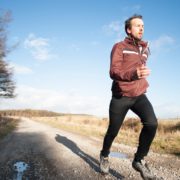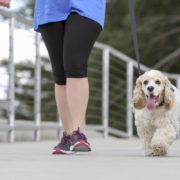Staying active through injury
One of the most common reasons given for people falling out of shape, or losing their drive to work out, is that an injury makes exercise painful. If you are used to a certain form of exercise as your exclusive physical pastime, it can be particularly challenging to adapt. However, there are ways to work around many common injuries, and stay active. With that said, always remember to discuss things with your doctor, and follow their advice. There are some injuries where the only thing to do is wait for healing. So while it is good to have a desire to remain active, it is very important to know when it is time to rest.
Take Part in Physical Therapy
With your Doctor’s advice, it can be helpful to go through some form of physical therapy. If you have suffered a severe injury, the fastest way to recovery can be through some type of professional help. Normally, physical therapy will help you to strengthen your muscles, coordinate your movement, and find comfortable ranges of motion that will allow you to avoid future injury. This can be critical, as often having an injury can mean that you are at risk for similar but worse injuries in the future. The two concerns of exercising after injury are aggravation of the injury, and additional injury. This can help you to avoid both. This will also give you resources to help you understand the path to recovery for your specific injury.
Vary your Routine
Another excellent way to work towards maintaining activity after injury is to change the way in which you exercise. For example, switching from running to biking or swimming can allow your body to recover from the stresses of one form of exercise. Additionally, engaging other muscle groups and strengthening them can decrease your risk of injury, even when doing exercises not primarily associated with those muscle groups. For example, strengthening your core can decrease your risk of a running injury. One of the best exercises for your body is swimming. It is low impact, can be done by people of all fitness levels, and can be tailored to provide cardiovascular and aerobic activity, while also building muscle. Because of the density of the water, even older people will be able to find some comfort in their fitness. And because of the resistance, it can provide a challenging workout for even the fittest of athletes.











Leave a Reply
Want to join the discussion?Feel free to contribute!